This year has already seen a series of shocking aviation accidents—some fatal—leading to increased scrutiny of America’s already-embattled civil aviation regulator.
The January 29 crash between an American Airlines jet and a military helicopter in Washington, D.C., that claimed 67 lives was the deadliest in the U.S. since November, 2001, when an American Airlines passenger aircraft crashed into a residential area of New York killing all 260 people onboard and five people on the ground.
But there was no reprieve for officials and investigators, as only days later news broke that all 10 passengers aboard a Cessna aircraft had died while travelling to Nome, Alaska.
Al Drago/Getty Images
On Monday, the flying public’s fears were again aroused when shocking footage showed a Delta-operated passenger jet overturn while landing at Toronto Pearson Airport, though no deaths were recorded as a result of this crash.
As well as spurring bipartisan calls for thorough investigation and improvements in aviation safety, the crashes have resulted in a chorus of criticism aimed at the Federal Aviation Administration (FAA).
“By design, FAA has its fingers in everybody’s aviation pie,” Jeff Guzzetti, former director of the agency’s accident investigation division, told Newsweek. “Only with that control comes a sobering responsibility for aviation safety in this country.”
Is Flying Becoming Less Safe?
“It’s more than just an indication,” Guzzetti said, when asked whether there was any sign that aviation accidents were becoming more frequent or severe. “It’s happening right now.”
As Newsweek recently highlighted, while the fatalities from just a handful of this year’s accidents already put 2025 on course to surpass the U.S.’ 2024 aviation death toll, the overall number of both fatal and non-fatal incidents has not significantly increased in recent years—despite growing public concern over aviation safety.
According to the National Transportation Safety Board (NTSB), 2024 saw 1,158 non-fatal and 257 fatal aviation accidents. Both sets of figures had been on a downward trend since 2020, with pandemic-induced disruptions contributing to the fall.
“However, numbers alone do not always provide reassurance to travelers who see multiple incidents occurring within a short time frame,” said Hassan Shahid, president and CEO of the Flight Safety Foundation.
“Aviation remains one of the safest modes of transportation, but every incident is a stark reminder that safety requires continuous vigilance.”
Is FAA to Blame?
“Depending on the specific circumstances from each of the recent crashes, the FAA will likely bear some responsibility of varying degree in some or all of these cases,” Guzzetti said.
The FAA said it was unable to comment on ongoing investigations, and referred Newsweek to its online list of safety-focused programs and initiatives.
The NTSB’s investigation into the D.C. crash will take months to complete, leaving many critical questions—such as why the Black Hawk helicopter was allowed to cross the path of the Bombardier passenger jet on its final approach to Ronald Reagan Airport—unanswered for now.
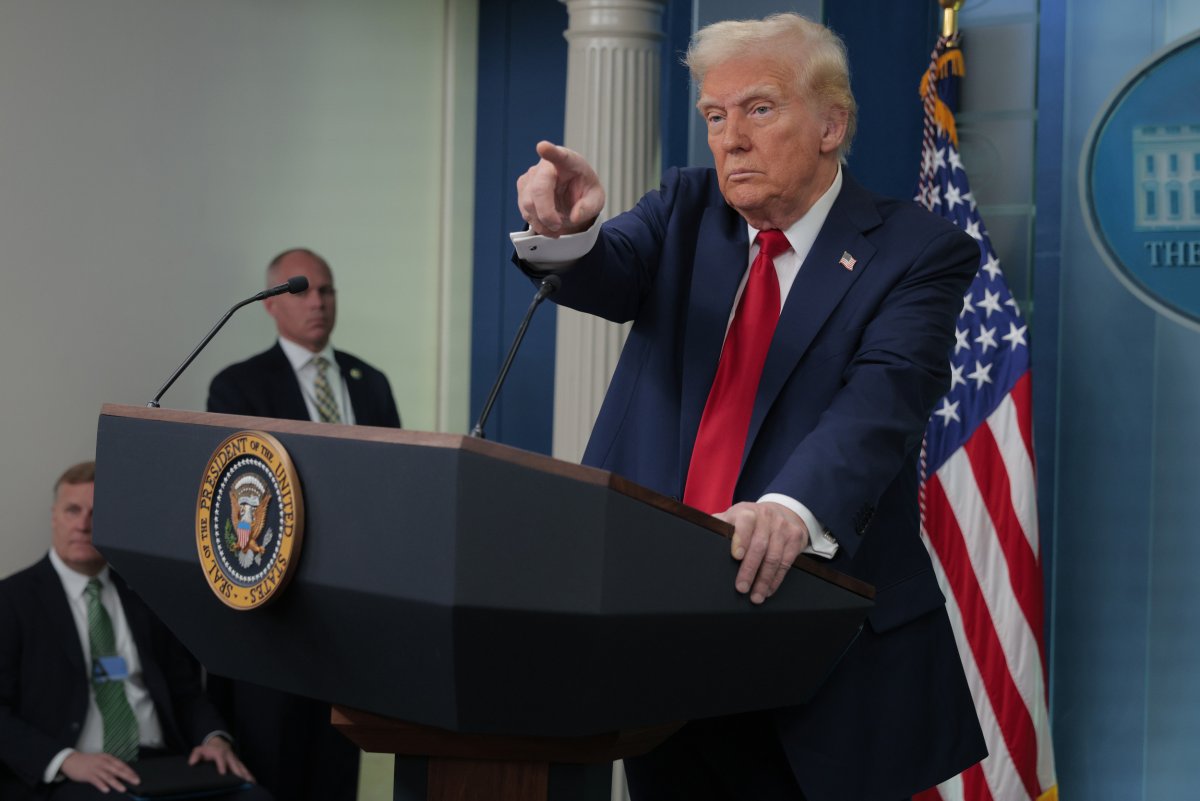
Chip Somodevilla/Getty Images
Only hours after the incident, however, President Donald Trump laid the blame at the FAA’s feet, specifically policies promoting Diversity, Equity and Inclusion (DEI) in its hiring process. Joined by Vice President JD Vance and the freshly confirmed Defense Secretary Pete Hegseth at an impromptu press conference, Trump told one reporter that he drew the conclusion that diversity hiring initiatives were to blame, “because I have common sense, OK?“
Any potential lack of merit-based hiring at the regulator has not been linked to the January crash—Republican Representative Sam Graves, chair of the House Transportation committee, pouring cold water on this idea and telling Politico: “I don’t think it had anything to do with this particular accident.”
However, structural issues concerning staffing, which have long plagued the FAA, could have played a role in the recent incidents.
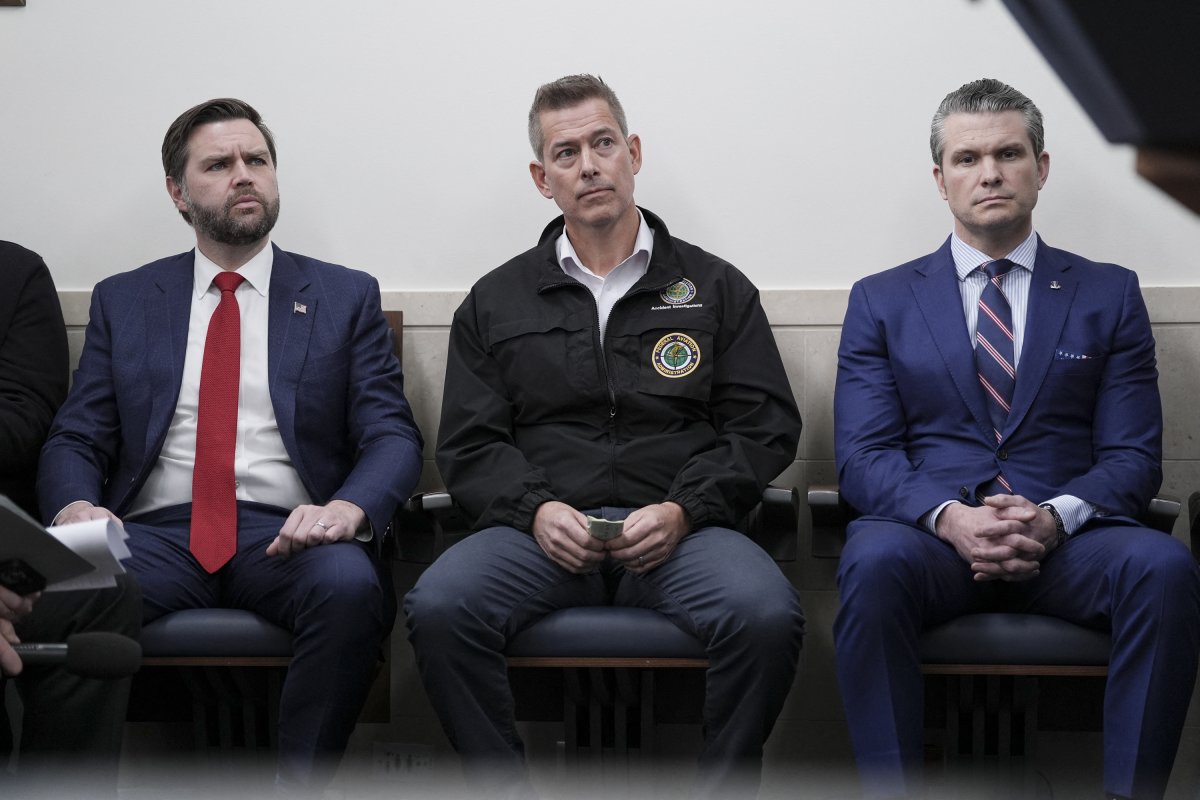
Oliver Contreras/AFP via Getty Images
“The FAA is understaffed in both the technical workforce and among aviation safety inspectors,” the Professional Aviation Safety Specialists (PASS) union, which represents over 11,000 FAA employees, told Newsweek. “We have called on Congress to ensure appropriate funding for the FAA to address these issues.”
An internal FAA report reviewed by the New York Times revealed that only one air traffic controller was handling local plane and helicopter traffic on the night of the D.C. crash, a situation deemed “not normal” in the report.
“The FAA needs nearly 3,000 [more] air traffic controllers to adequately staff its facilities,” Guzzetti told Newsweek, referring to agency figures released in mid-2024.
The FAA has come under fire for worker shortages in the past. A June 2023 report from the Department of Transportation’s Office of Inspector General said that the agency had “made limited efforts to ensure adequate controller staffing at critical air traffic control facilities,” and, as a result “continues to face staffing challenges and lacks a plan to address them.”
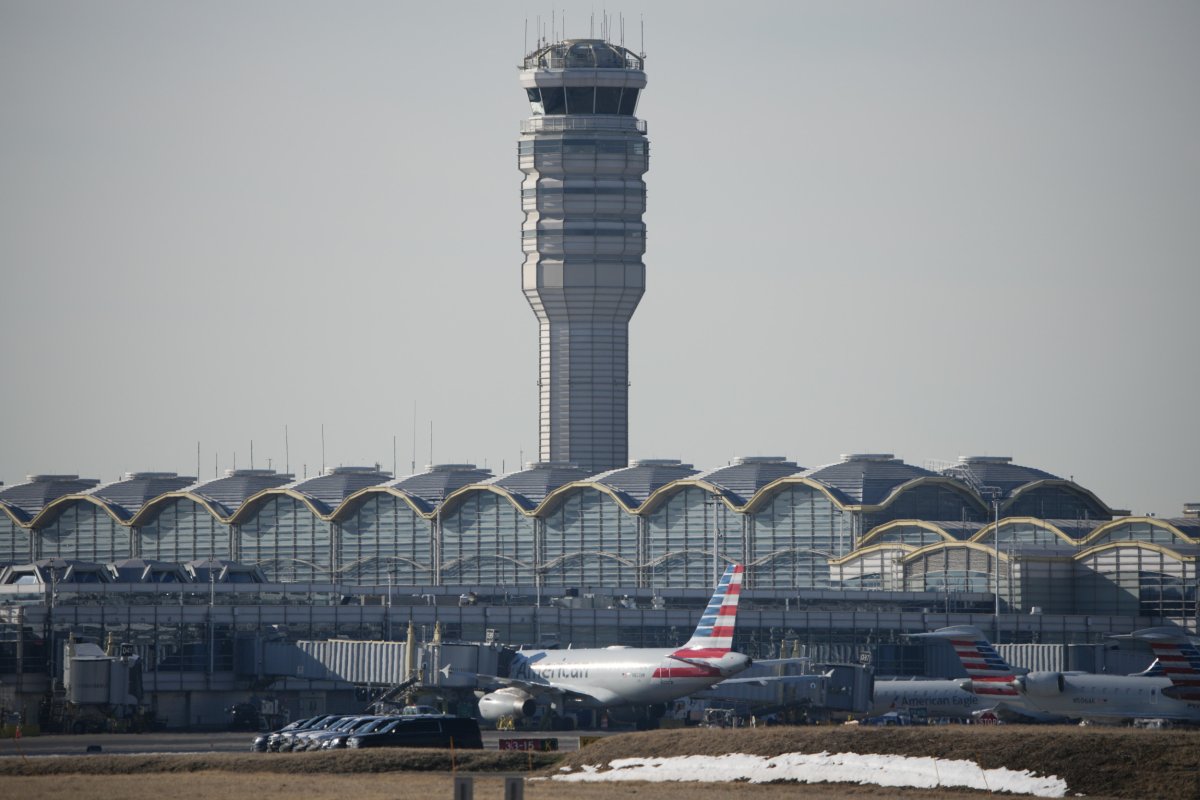
Andrew Harnik/Getty Images
Two air traffic controllers previously told Newsweek that the lack of staffers was endangering American flyers.
“The air traffic system, especially in reference to staffing, is absolutely critical,” one said. “It’s been dangerous for years.”
“With air traffic continuing to grow, ensuring an adequate number of highly qualified air traffic controllers will be critical to maintaining safe and efficient operations,” Shahid of the Flight Safety Foundation said.
Alan Diehl, a former aviation safety adviser for the NTSB, who has also worked with the FAA and U.S. Air Force, said that the agency should “immediately remove the age 56 mandatory retirement for controllers.”
“Secondly, the administration and Congress should consider separating the air traffic control system from the FAA and establishing an independent corporate entity, as most other nations have done,” Diehl told Newsweek. “This change would enable timely updates to equipment and facilities funded by reasonable user fees instead of the convoluted appropriation and authorization processes currently required.”
The issue of staff shortages has been acknowledged, at least tacitly, by the current administration, which exempted controllers from the “deferred resignation” or buyout plan that it launched to trim the federal workforce.
However, weeks later the Trump administration began firing hundreds of probationary FAA employees. While the FAA told Newsweek that it has “retained employees who perform safety critical functions,” the agency’s employee union said that some of the now-vacant positions were “vital to supporting public safety.”
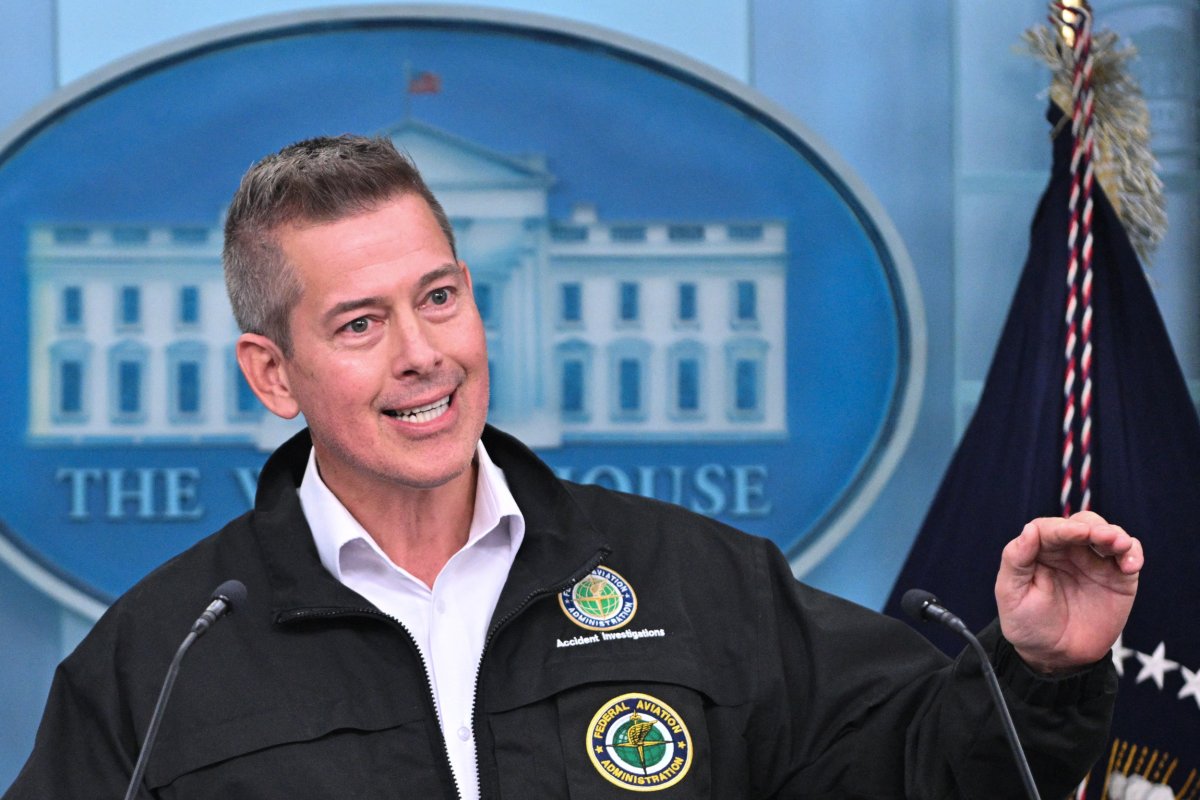
Roberto Schmidt/AFP via Getty Images
The union told Newsweek that its “biggest concern is for the probationary employees at the FAA who were terminated from positions that directly support the safety of the national airspace system.”
“Now is not the time to fire technicians who fix and operate more than 74,000 safety-critical pieces of equipment like radars, navigational aids, and communications technology,” Democratic Senator Maria Cantwell, ranking member of the Transportation Committee, said in a statement. “The FAA is already short 800 technicians and these firings inject unnecessary risk into the airspace — in the aftermath of four deadly crashes in the last month. The FAA’s safety workforce needs to be a priority for this Administration.”

Photo-illustration by Newsweek/Getty
“The Trump administration’s approach to aviation safety is unclear to me,” Guzzetti told Newsweek. “On one hand, they tout that they want to modernize our air traffic control system and bring in only ‘geniuses’ to work at FAA. On the other hand, they publicly criticize the great work of the FAA and are acting to diminish its resources by firing employees.
“I don’t think they have an approach, other than a lot of bluster, and that does not bode well for them, because all three of the recent scheduled commercial air carrier accidents have occurred under their watch.”
FAA Needs a New Leader
“FAA is lacking permanent leadership at the administrator level, and also the associate administrator for aviation safety,” Guzzetti said, adding that these two roles “set the tone for the agency’s safety efforts.”
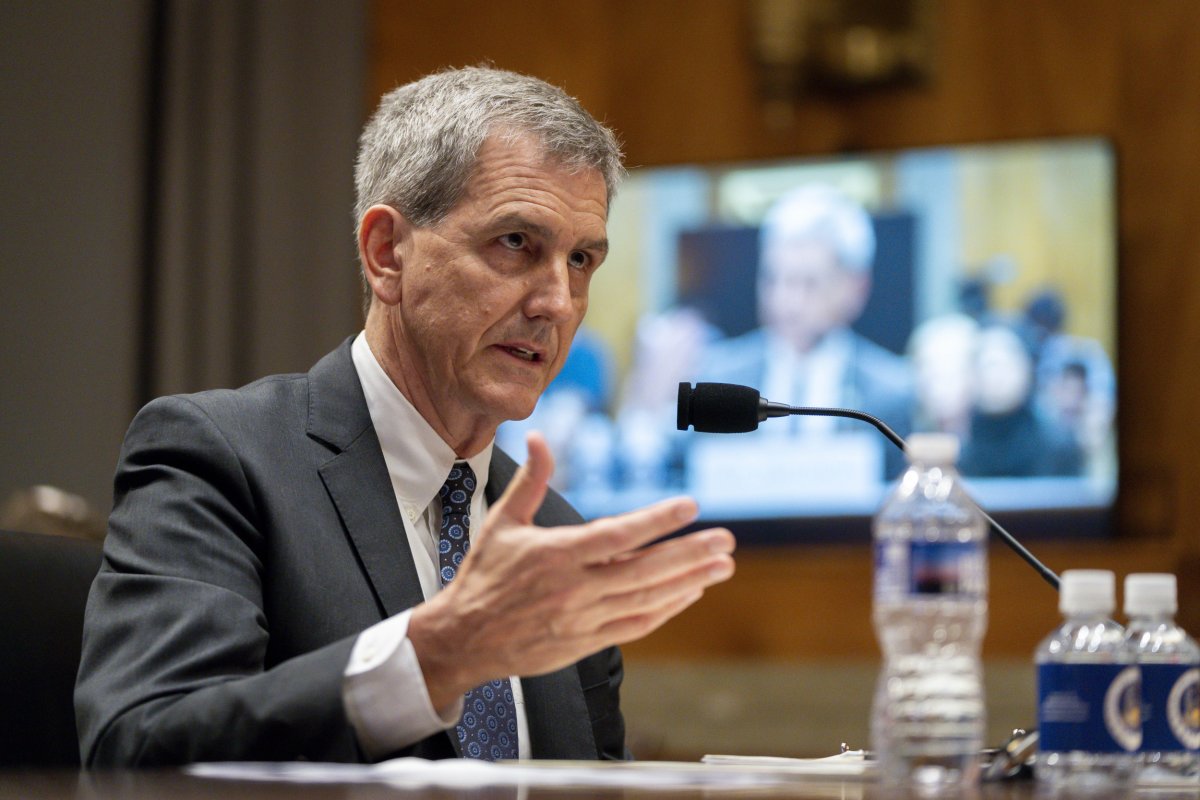
Ben Curtis/AP Photo
The agency has remained leaderless since the early departure of Mike Whitaker on January 20, with the Trump administration so-far having appointed only an acting chief. Whitaker had led the FAA since being confirmed by the Senate 98-0 in October, 2023, and his departure came after months of calls for his resignation from Elon Musk, angered by the agency fining SpaceX over $600,000 in civil penalties for “allegedly failing to follow its license requirements during two launches in 2023.”
This timeline of events led to accusations from Democratic lawmakers that Musk could be behind Whitaker’s departure, with Senator Elizabeth Warren sending a letter to the Department of Government Efficiency stating: “This resignation—which you called for after the FAA fined your company for safety issues—has left this critical agency without leadership while facing significant challenges.”
“We are now without a permanent FAA Administrator to lead us through the biggest U.S. air crash we have had in years,” Senator Cantwell said in a letter addressed to Transportation Secretary Sean Duffy and shared with Newsweek. “Secretary Duffy, you must make sure that all conflicts of interest between the FAA and Elon Musk are removed.”
Shahid told Newsweek that installing a Senate-confirmed FAA administrator was necessary to “provide the stable leadership the agency needs to address the urgent safety concerns and lead the overhaul of the air traffic control system.”
Do you have a story we should be covering? Do you have any questions about this article? Contact LiveNews@newsweek.com.





